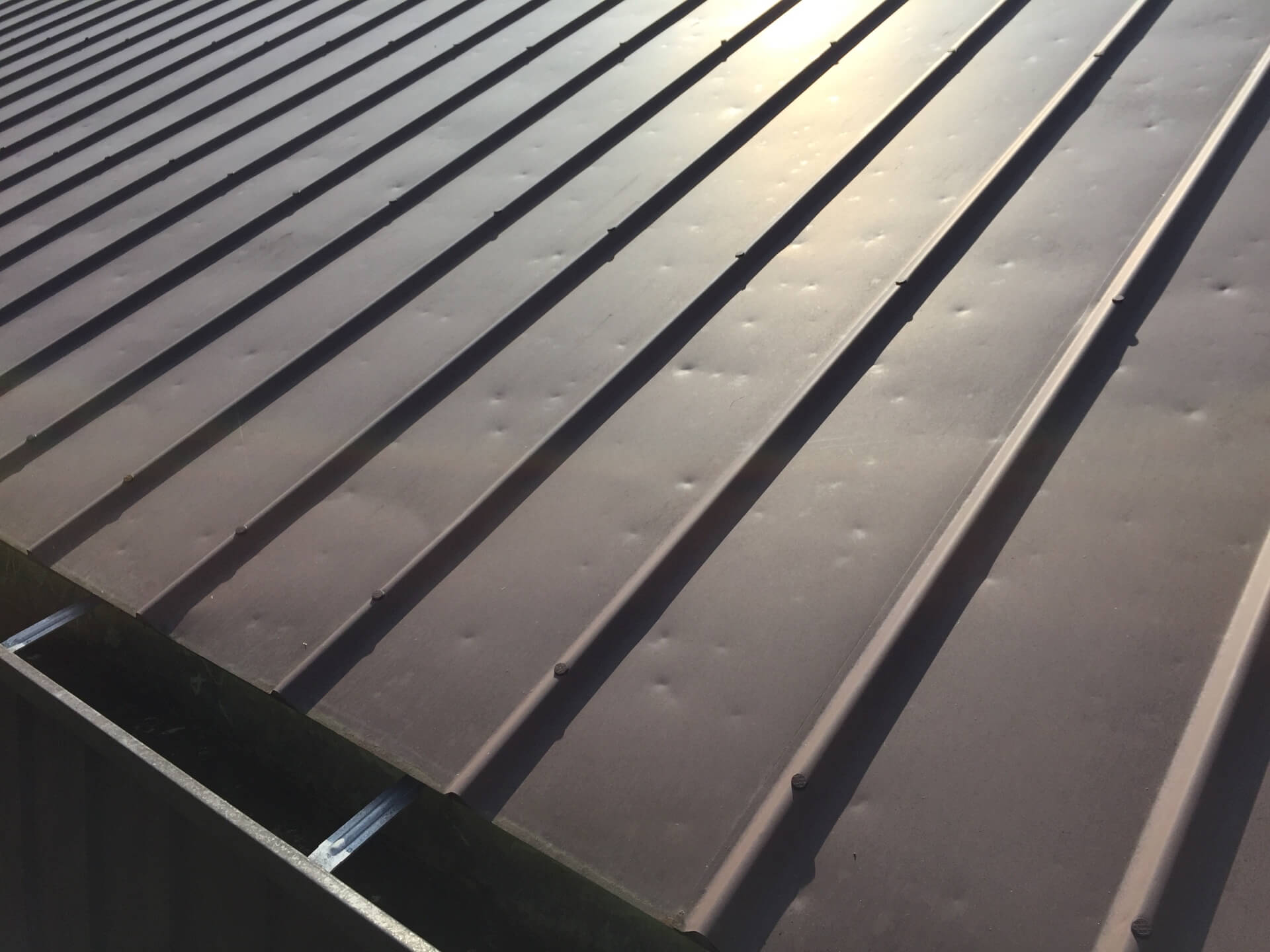Nobody asks for it, but severe weather is just a fact of life in Texas. Damage to your roof following severe wind, rain, or hail, can be an easy issue to ignore as it often isn’t immediately noticeable. However, if left unchecked, small damage can compound into larger problems and more expensive repairs. As a homeowner, it’s important to know the steps to take after a hailstorm when you suspect there is damage to your home. First and foremost, understand your homeowner’s policy and what it says about roof repair and replacement specifically. Everything else becomes a lot less daunting once you have this base understanding. Here are a few tips for navigating the first 24 – 48 hours after a storm.
Assess Immediate and Obvious Damage
Big hail does big damage, breaking windows, skylights, and destroying vehicles. The most important thing to do after a storm is do your best to keep your home watertight. In fact, it is your responsibility as a policy holder to do your best to mitigate further damage before your insurance company can assess. If you are capable and feel safe, boarding windows and tarping skylights yourself is the most efficient fix. Your insurance company will even pay you for it! This is not an option for most people, however, so the next best option is to contact a roofing company to patch any damages. IMPORTANT: Do not fall for high pressure sales tactics in the aftermath of a storm. If a roofing company is requiring a signature, know what you are signing before you agree to anything. You’re not obligated to use the emergency repair company to install your roof. Most companies will charge for their services, which is perfectly normal, and costs will vary depending on geographic location, time of year, and extent of damages. It’s okay to pay for emergency repairs, but be sure to keep your receipts so your insurance company can reimburse you.
Get an Inspection Before Filing a Claim
Even if you know you have damage, having a contractor perform a damage inspection before filing a claim is still a good idea. The contractor should note everything on the damaged property, not just the roof. Research reputable companies before you have a contractor come out to do an inspection. Ensure it’s a company that understands hail damage and how to handle the insurance process. Here’s a hint: if their website doesn’t say anything about insurance claims or storm damage, then it probably doesn’t account for much of their business, and they may not know the process well.
File an Insurance Claim
Your contractor may find enough damage to recommend you file a claim. You need to know the amount of your policy deductible because if damages aren’t enough to exceed it then there will not be any payout from the insurance company and no reason to file. If your roof is damaged and likely to be totaled, then filing a claim is easy. It is important to have your trusted contractor meet the insurance adjuster at your property so they can compare notes on damages and agree on the scope of repairs. They can also discuss other supplemental items (like building code upgrades) that will slow the claims process if not agreed to upfront. This will help the process move along more efficiently, allowing your property to be restored, your contractor to be paid, and the next person to be helped faster.
HUF Construction is a Waxahachie, TX-based construction company that serves Ellis County, the Dallas/Ft. Worth Metroplex, central Texas, and has a second location in the Permian Basin. We have handled thousands of insurance claims across multiple states and understand the claims process inside and out. While most of our business is roofing and handling insurance claims, we have recently expanded into swimming pool construction in the Dallas/Ft. Worth area. If you have an insurance claim, a roofing need, or want a new swimming pool, contact us today.

